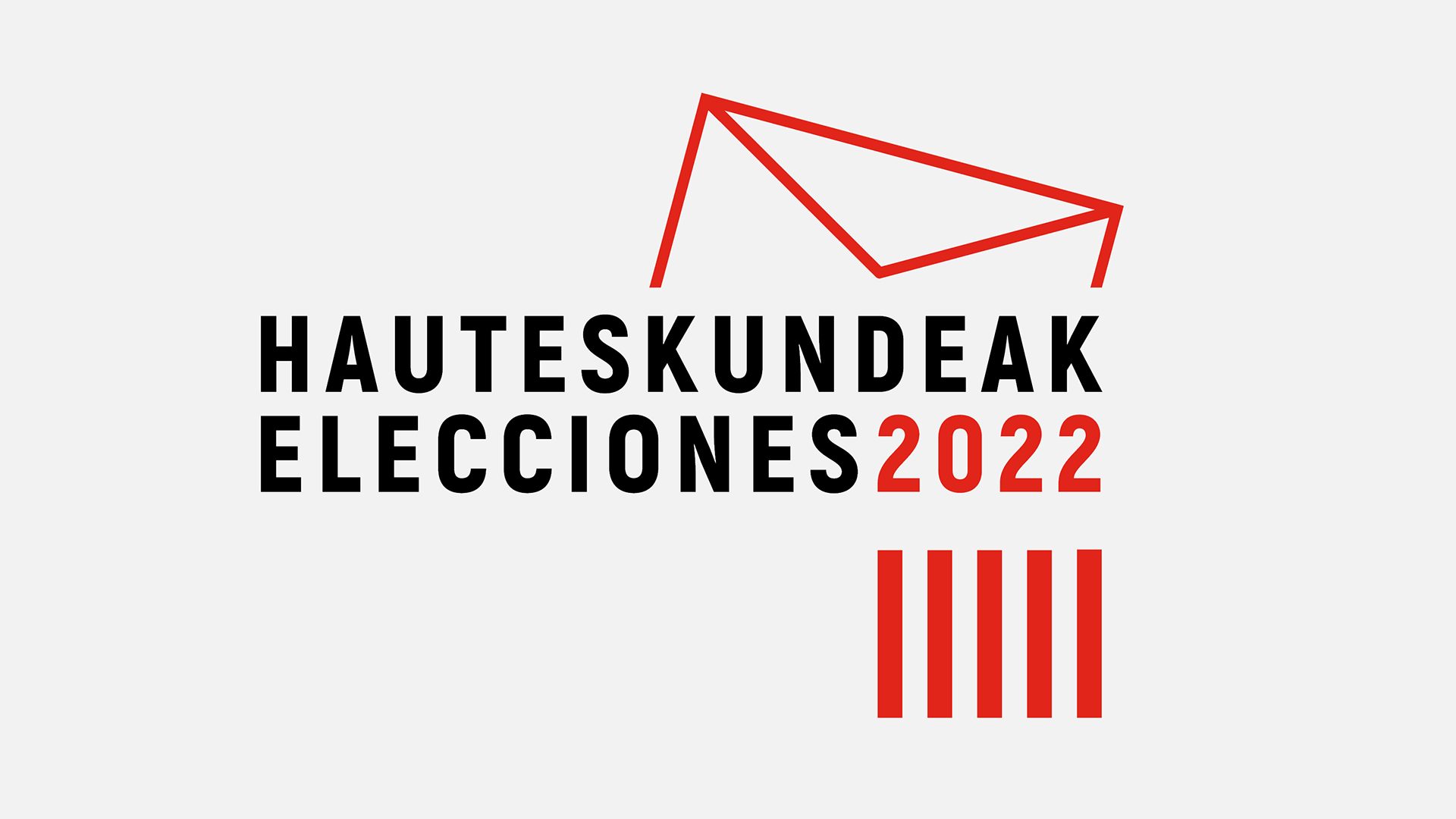Explained: Athletic Club Elections
A guide to understanding Athletic Club’s upcoming elections, how they work and why we have them
In a week’s time, on Friday June 24th, Athletic Club Members will head to the voting booths at San Mamés in order to elect a new president and board of directors. But why does Athletic Club hold elections? What is a Member? And how do people submit their ballot? In this article we answer all your questions and explain everything you need to know about the upcoming vote.
Elections are always a pivotal moment for the Club, as it is the greatest opportunity for Members to have their say on the Club’s future. Presidents and their boards typically serve four-year terms in which they implement an election manifesto. What’s more, all roles on the board are voluntary, with neither the president nor board directors receiving any form of payment for carrying out their duties.
Unlike most teams at the elite level of professional football, Athletic Club is not a Public Limited Company (in the state of Spain, this is known as a SAD). Along with Real Madrid, FC Barcelona and CA Osasuna, Athletic Club has always preserved its status as a membership-based association. In effect, this means the Club is owned by its fans rather than shareholders.
At Athletic, Members (called Socio/as) pay a yearly fee to maintain their membership at the Club. In return, Members receive certain rights and benefits. They get a membership card which also acts as a season ticket, priority for away tickets, reduced prices at the Club store and much more.
In addition to that, there are various means in which they can influence how the Club is run. For example, every year the Club organises a General Members’ Assembly, where there are a variety of votes and polls on issues pertaining to governance of the Club, such as budgets and new statutes. At these meetings Socios can make their voices heard via Representative Members (called Socio/as Compromisarios).
Socios can even push for special debates and votes on topics they deem important. In fact, thousands of Members campaigned in favour of San Mamés’ new stand, leading to an Extraordinary General Assembly and a vote on the stand’s incorporation.
On top of all that, every four years or so, Members get to elect a new president and board of directors. Currently, Athletic Club has around 44,000 Members, all of whom have the right to vote at San Mamés on Friday, either in person or by postal vote.
From the Club’s founding until 1948, presidents and boards were chosen by the Members who turned up to the General Assemblies on the given date. From 1948 until 1977, they were elected by Representative Members acting on behalf of the socios, this would also take place at a General Assembly
Athletic Club’s first presidential elections with a specific election day took place in May 1977. In this case the president was chosen via a vote among 682 Representative Members. Jesús María ‘Beti’ Duñabeita beat his opponent Iñaki de la Sota, with 269 votes compared to 259.
Duñabeita, using the slogan “one Member, one vote”, resigned from his post not long after in order to call new elections in which every single Member had the right to vote. However, he was proclaimed president again in the absence of other candidates. What’s more, in 1978, women were able to become fully-fledged Members for the first time.
The first universal suffrage vote with two candidates vying for the presidency was held in June 1982. Pedro Aurtenetxe won the election with 4,321 votes in favour, whereas his rival Iñaki Olaskoaga received 3,007. Although turn-out was low at 31%, all 23,194 Members were entitled to a cast a ballot. Ever since, full elections have taken place approximately every four years – as long as two or more candidates stand.
There are certain rules which dictate who can run for presidency and how elections should proceed. In order to become a presidential candidate, there are conditions that must be met. For example, among other requirements, a candidate needs to have been a Member for at least one full year, they cannot hold similar positions at other football clubs and they have to receive a minimum number of ‘endorsements’ (called avales) from Socios before a certain date.
The election period starts when the incumbent board steps down and lasts 40 days. Since 1990, Members have usually cast their votes at Palacio Ibaigane, the Athletic’s head offices. However, on Friday, for the first time in Club history, voting will take place at San Mamés.
When Members arrive at The Cathedral, the process will be relatively simple. Voting will be held from 09:00 until 21:00. Members must bring a valid form of ID and they place their ballot in one of 24 boxes available, with a 25th box kept for postal votes.
As soon as the votes have been counted and revised, the results will be officially published. The board’s term starts immediately and the newly appointed president typically holds a press conference straight after the announcement.
This year there are three candidates running for election, in alphabetical order: Iñaki Arechabaleta, Ricardo Barkala and Jon Uriarte.

